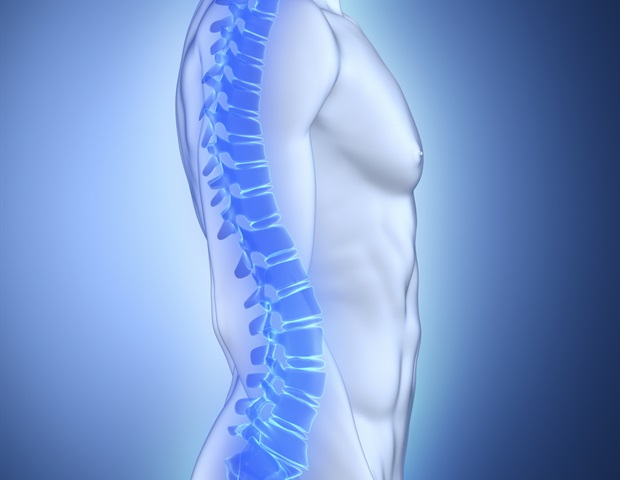Osteoporosis is a skeletal condition that leads to the weakening of bones, making them porous, fragile, and prone to breakage. A whopping 8.9 million fractures are caused by osteoporosis annually, with one fracture occurring every three seconds! The aging population is the most vulnerable to primary osteoporosis, given, their frailty, and often, requires long-term therapy and support.
Advances in healthcare and the corresponding rise in the aging population have put a strain on available resources, underscoring the need for effective therapies against osteoporosis. Induction of parathyroid hormone (PTH) signaling using the PTH-derived peptide – teriparatide, has demonstrated strong bone-promoting effects in patients with osteoporosis. These effects are mediated by osteogenesis, the process of bone formation involving the differentiation and maturation of bone-forming cells called osteoblasts.

However, PTH induction is also associated with the differentiation of macrophages into osteoclasts, which are specialized cells responsible for bone resorption. Although, bone remodeling by osteoblasts and osteoclasts is crucial for maintaining skeletal health, PTH-induced osteoclast differentiation can decrease treatment efficacy in patients with osteoporosis. However, precise molecular mechanisms underlying the dual action of PTH signaling in bone remodeling are not well understood.
To bridge this gap, Professor Tadayoshi Hayata and Ms. Chisato Sampei, from Tokyo University of Scienc.























